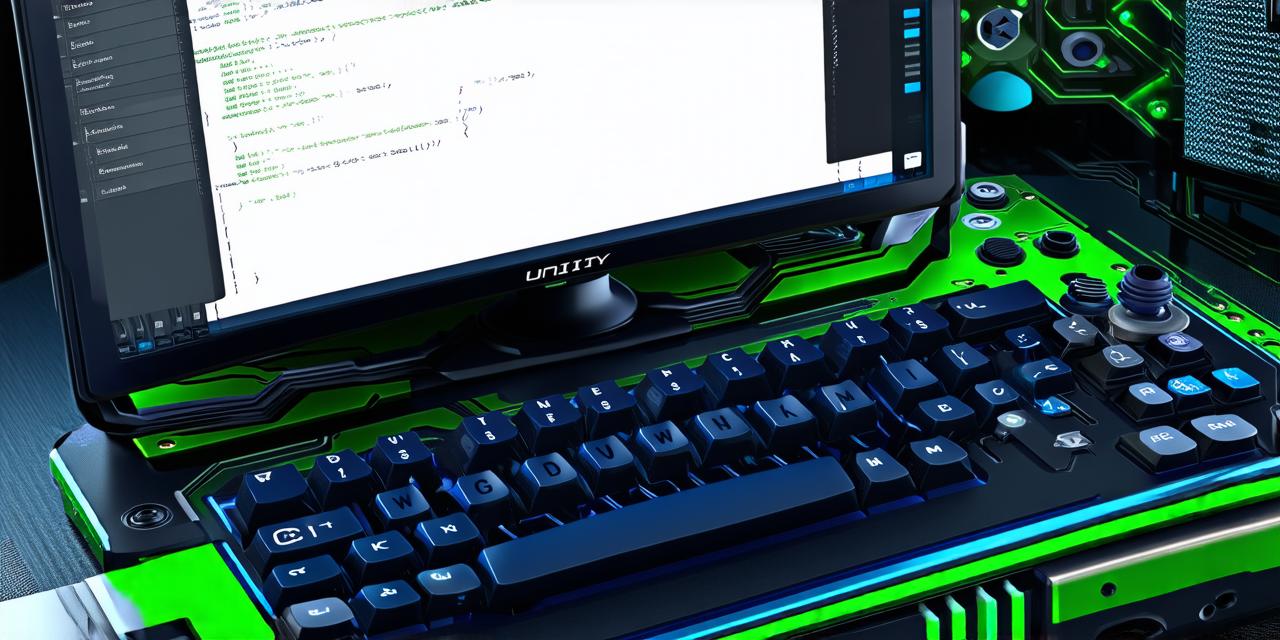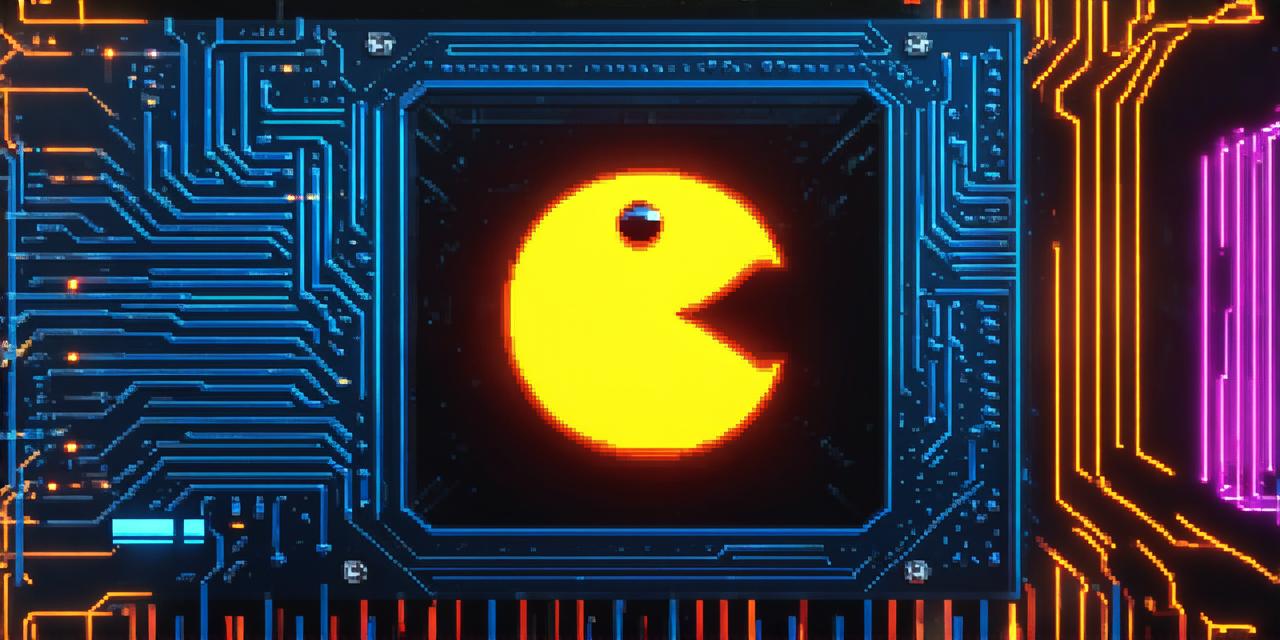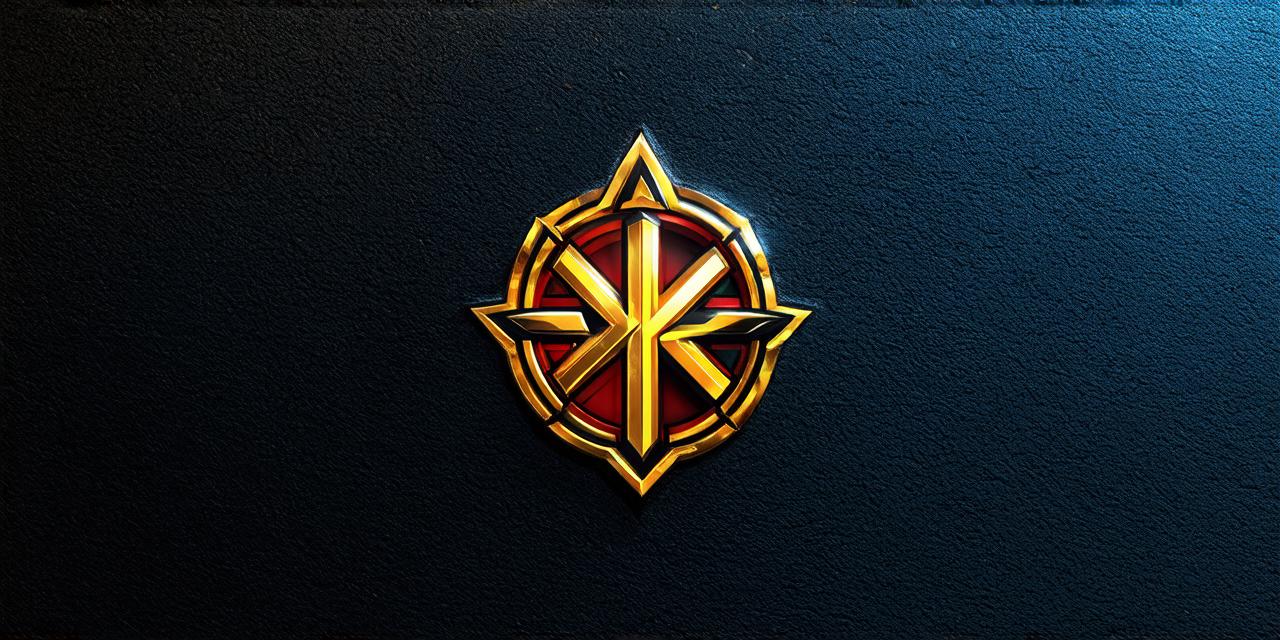Tutorial for Unity 3D Engine: A Comprehensive Guide
Unity is a powerful and popular game engine that enables developers to create immersive and interactive experiences in 2D, 3D, and AR/VR environments. In this tutorial, we will guide you through the process of mastering Unity and creating your first 3D game using the engine.

Getting Started with Unity
Before diving into the world of Unity, it’s essential to install the engine on your computer. You can download the latest version from the official Unity website, https://unity.com/products/unity3d. Once you have installed Unity, open the program and create a new project by clicking on "New Project" in the top menu bar.
In the project settings window, you will be prompted to select the project template. Choose "2D," "3D," or "AR/VR" depending on the type of game you want to create. For this tutorial, we will use the 3D template.
Once you have selected your template, click "Create Project." You will now be presented with a blank canvas where you can start building your game.
Creating Your First Scene
The first step in creating a 3D game is to create a scene. A scene is the main area of the game world where the action takes place. To create a new scene, click on "Assets" in the top menu bar and then select "Create." From the dropdown menu, choose "Scene."
Once you have created your scene, you can start adding objects to it. Unity comes with a variety of built-in assets that you can use to populate your game world. You can also import your own 3D models or create them using one of the many 3D modeling tools available.
To add an object to your scene, simply drag and drop it into the scene view window. You can also use the "GameObject" menu in the top menu bar to create new objects from scratch.
Adding Lighting and Camera
Lighting and camera are two crucial elements that can greatly enhance the look and feel of your game. To add lighting, click on "Window" in the top menu bar and select "Lighting." From there, you can adjust the settings for the light sources in your scene, such as ambient light, directional light, and point light.
To add a camera to your



